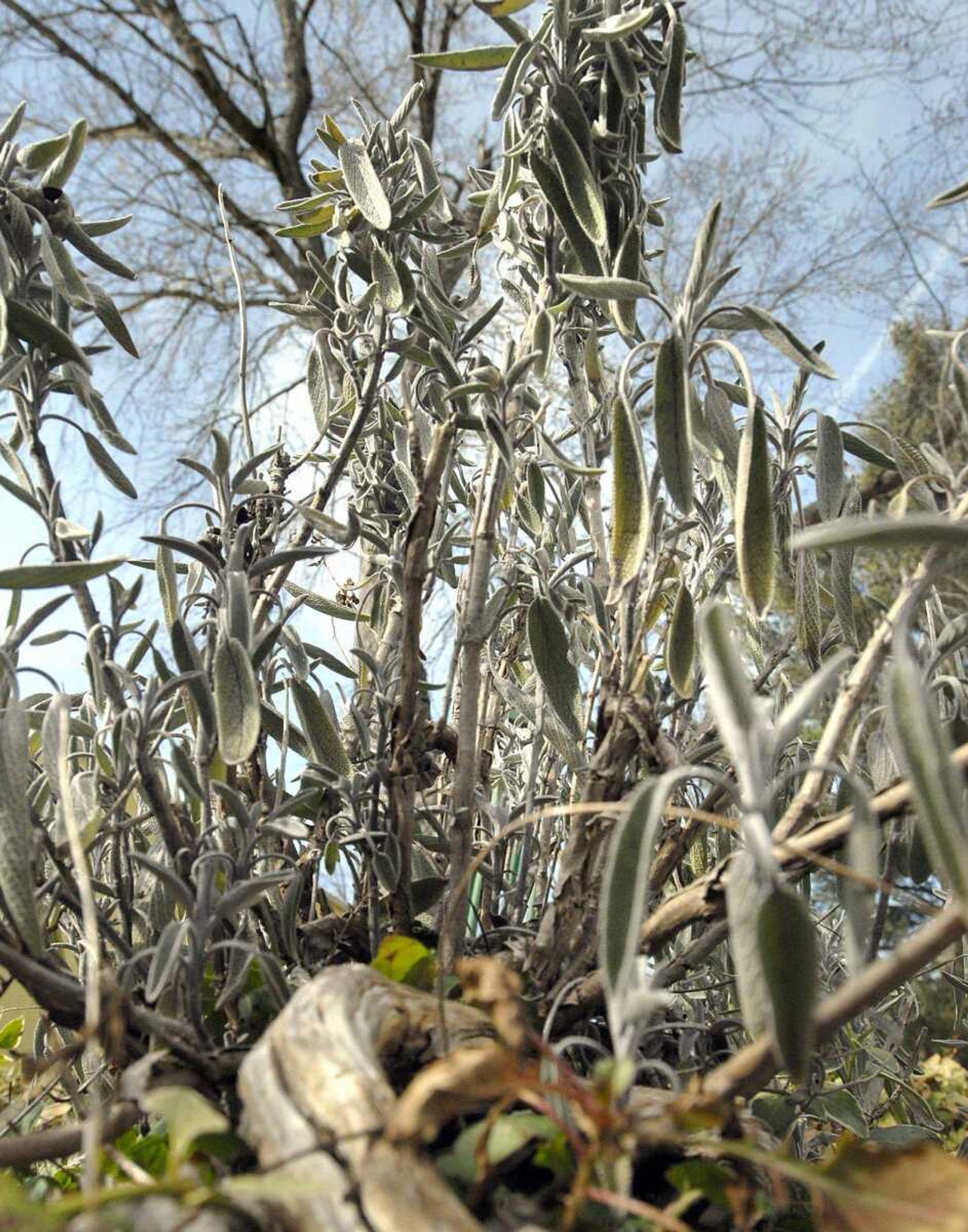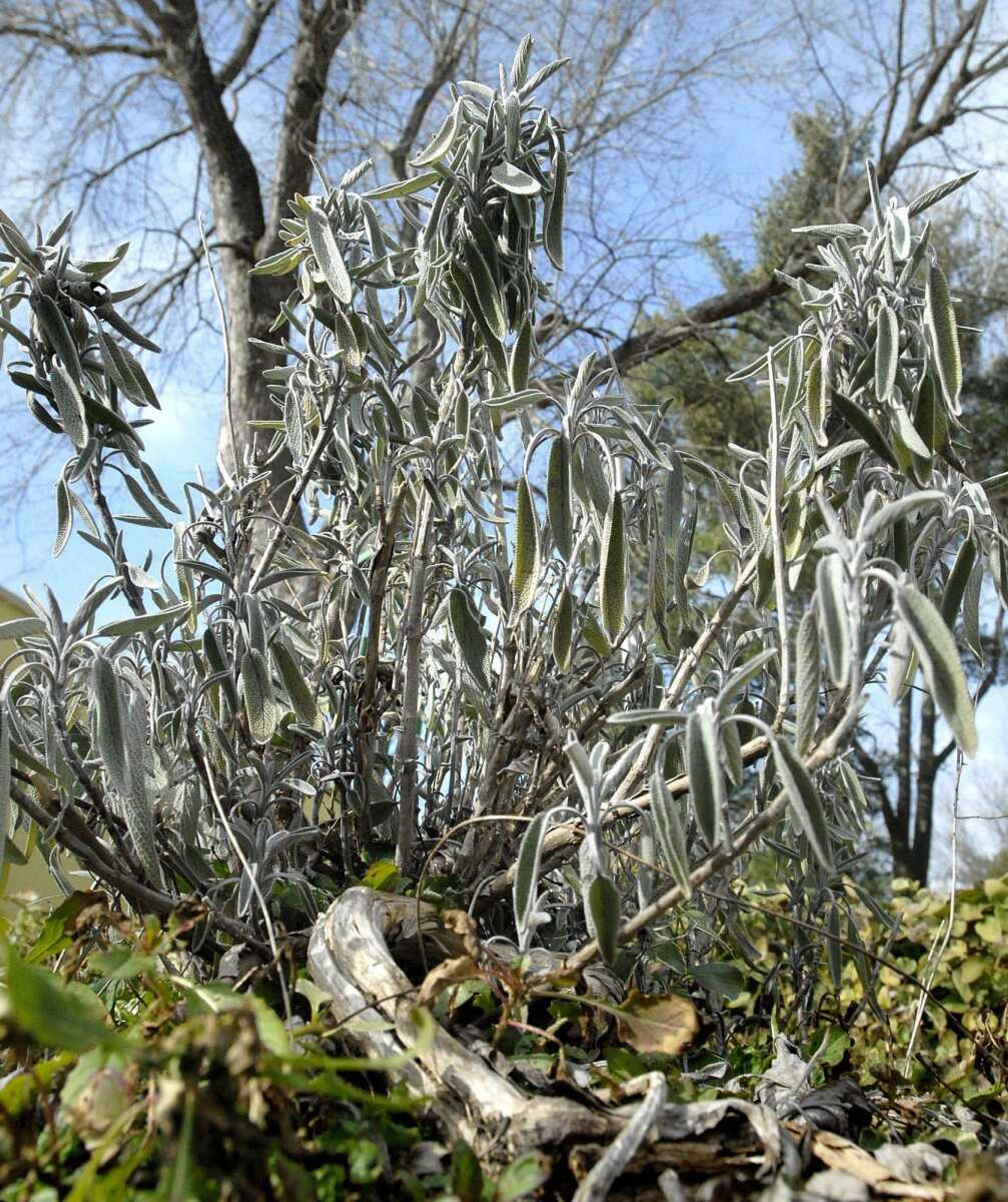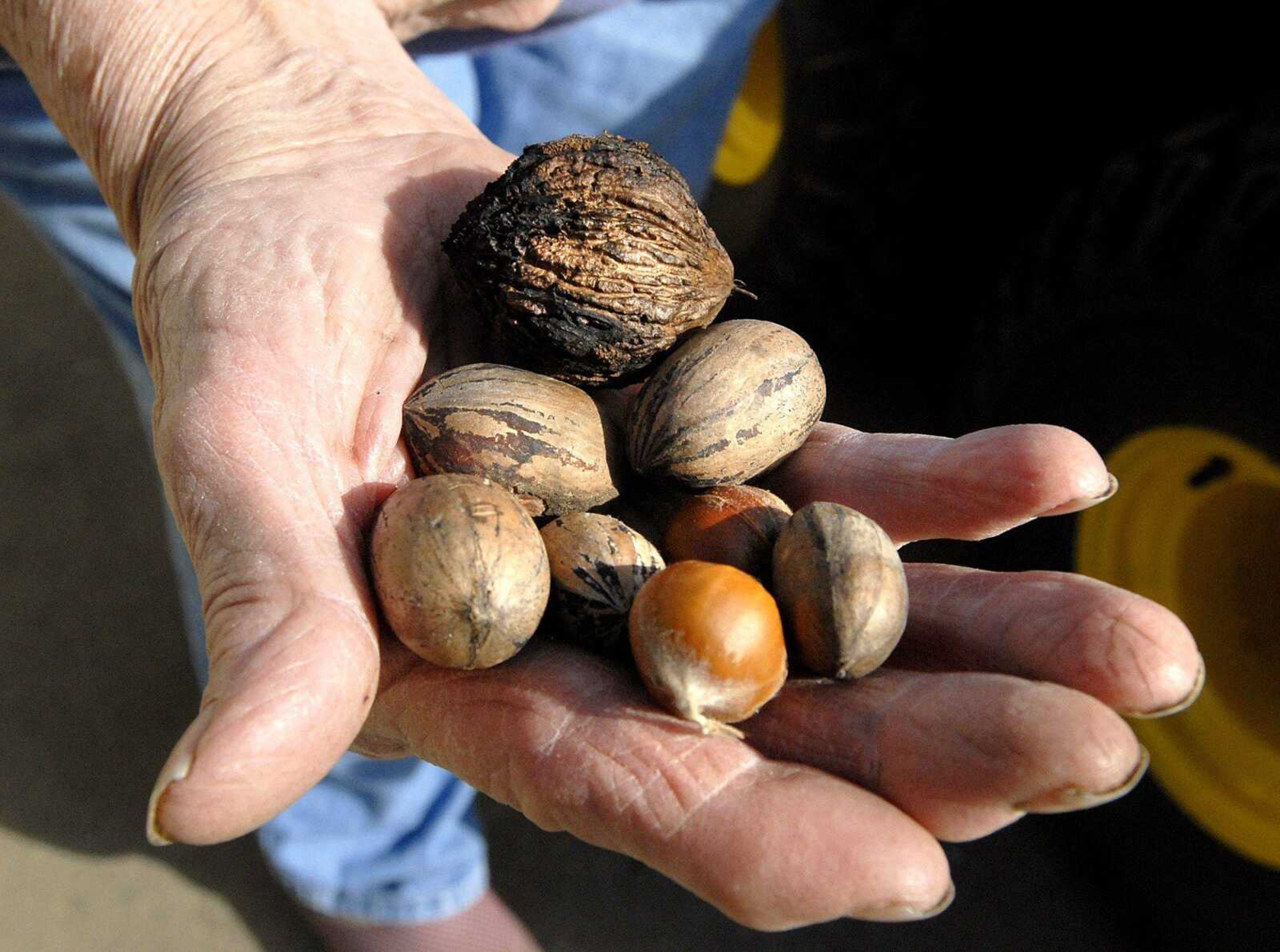Edible landscape: Dr. Grow explains the nature of plants that are meant to be eaten
I recently received a note from a grade school buddy who I have not talked with in more than 50 years. In the note he mentioned apricot trees that were in our backyard. Those of you who know me well know that I have lots of stories about the apricot trees in the backyard...
I recently received a note from a grade school buddy who I have not talked with in more than 50 years. In the note he mentioned apricot trees that were in our backyard. Those of you who know me well know that I have lots of stories about the apricot trees in the backyard.
My parents were not particularly well off when our family first moved to Cape Girardeau. Mom, being the frugal person that she was, made good use of all the apricots that fell from the backyard trees. We had apricot preserves, apricot cake, apricot pie, fresh apricots and apricot anything else that you could think of.
Mom didn't know that she was involved in a gardening explosion. Out of necessity she used what we were blessed with, an edible product from our edible landscape.
Considering the downturn in the current economy and the recent emphasis on fresh fruits and vegetables in our diet, edible landscapes just makes sense. We use what we have been given, the soil under and around the landscape of our home to produce good healthy food while saving money.
I don't think that edible landscapes are a fad. In fact I think we are going to see more and more people plant edibles in their landscape because of both the economy and for the concern about quality food.

My niece just moved into a home, new to them, in Pennsylvania. She is very concerned about food quality. On a recent visit she asked me what would be some fruit trees that she could plant in her yard. She was going to make room for the trees by eliminating some of the pine trees in the landscape. "Pine trees don't produce anything I can eat," she said.
Dr. Indi Braden, a professor of agriculture at Southeast Missouri State University has made it a priority at her home. She once told me "If we can't eat it, we are not planting it in our landscape." She gets quality food, saves money, and instills in her children a work ethic while teaching them about nature.
Not everyone is sold on the idea of an edible landscape. I have had several gardeners tell me that they would not put edible plants in their landscape -- they just don't look pretty.
Therefore in my mind's eye one needs to combine food with aesthetics to grow a great edible landscape. So I have several suggestions that you might be interested in.
* Fruit trees are a great addition to the landscape. If you want small shade trees, then plant standard fruit trees. They usually get about 25 to 35 feet tall. If you want to use a fruit tree in a location that a smaller tree fits, then plant a dwarf or semi dwarf specimen. Depending upon where you purchase your trees, you can get a yellow delicious in a standard, semi-dwarf, or dwarf mature size.

* Plant pecans and walnuts for large shade trees. They can easily get up to 75 feet tall.
* If you are looking for shrubs to use as a foundation landscape, try planting blueberries. They can be kept to manageable size, and will provide you with white blooms and blue berries, a great color addition to your landscape.
* If you want a ground cover, use strawberries. They spread along the ground; provide bloom color in the spring; and who wouldn't want to go out and pick fresh strawberries by your front door? You can get June bearing varieties or ever bearing varieties.
* If you like a trellis, gazebo or pergola, plant grapes or tame vining blackberries next to them. Then you can enjoy the blooms and pick fresh fruit while staying cool in the shade of the garden structure.
* My niece likes herbs so she is planning on planting perennial herbs, such as thyme and mint as ground covers. She will use savory when she wants the visual effect of a small shrub. She also plans on using asparagus in a row to provide a backdrop for perennial flowers such as day lilies.
Who said your landscape just had to look pretty? Combine taste and visual beauty in your landscape, save some money, and improve your diet by planting an edible landscape. Wow and bon apetit!
Send your gardening and landscape questions to Paul Schnare at P.O. Box 699, Cape Girardeau, MO 63702-0699 or by email to news@semissourian.com.
Connect with the Southeast Missourian Newsroom:
For corrections to this story or other insights for the editor, click here. To submit a letter to the editor, click here. To learn about the Southeast Missourian’s AI Policy, click here.











